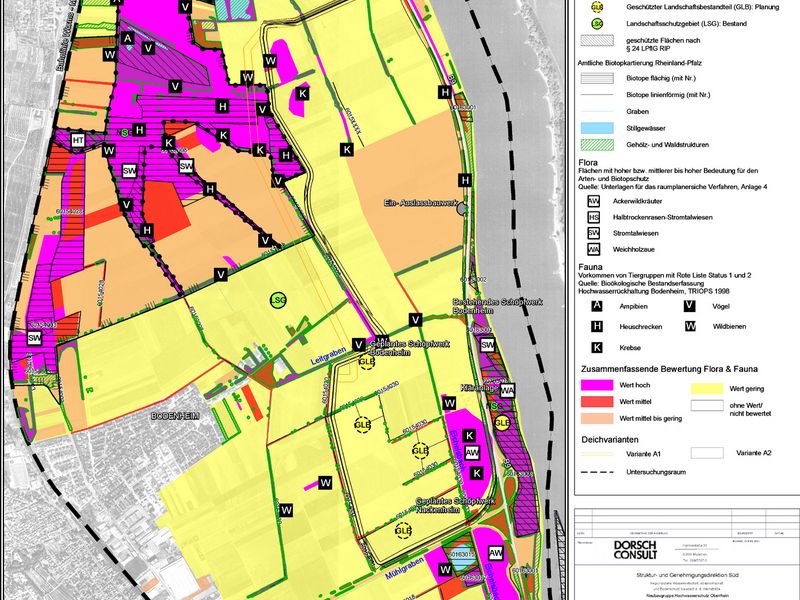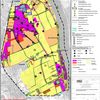Bodenheim:Construction of Bodenheim/Laubenheim Flood Retention Basin
Disciplines
-
Landscaping
-
Environment & Sustainability
-
Hydraulic Engineering
Companies
Dorsch International Consultants
Client
Southern Planning Authority, Upper Rhine Department for Flood Protection Construction
Duration
From 2000 to 2009Project Activities
- Determination of physiography and boundary
- conditions; consultations with authorities
- Preliminary and intermediate design
- Topographic survey around the structures
- Production of the documentation for obtaining
- planning permission
- EIA and Landscape Conservation Plan
- Environmental impact assessment and landscape planning
Contact
Dorsch International Consultants GmbH
München (Headquarters)
80687 München
Germany
Phone: +49 89 5797-0
Fax: +49 89 5797-800
E-Mail: info@dorsch.de
Description
The riparian states along the Rhine river have committed themselves to improving flood protection by the creation of flood parks (or ”polders”) in accordance with international agreements.
The areas contained by the embankments are then put deliberately under water during extreme flood events so as to attenuate the flood waves moving down the Rhine.
The polder of Bodenheim / Laubenheim south of Mainz, with its 6,7 million m³ capacity represents one such facility.
Dorsch Consult was engaged to carry out the design of all the necessary works in connection with this flood park.
These include the inflow and outflow structures required for the flooding and draining of the park, rated at 220 m³/s, together with the road bridge permitting the four-lane national highway B9 to cross the site; a 1.5 m³/s and a 2.5 m³/s pumping station, the 5-metre embankment with its connections to the existing embankment system, its impermeable core (or foundation cut-off) and adaptive measures to the B9 road embankment; embankments crossings and relocation of utilities and paths.
The design was carried out in strict accordance with environmental requirements by integrating environmental impact assessment and landscape planning criteria at all stages of the works.

